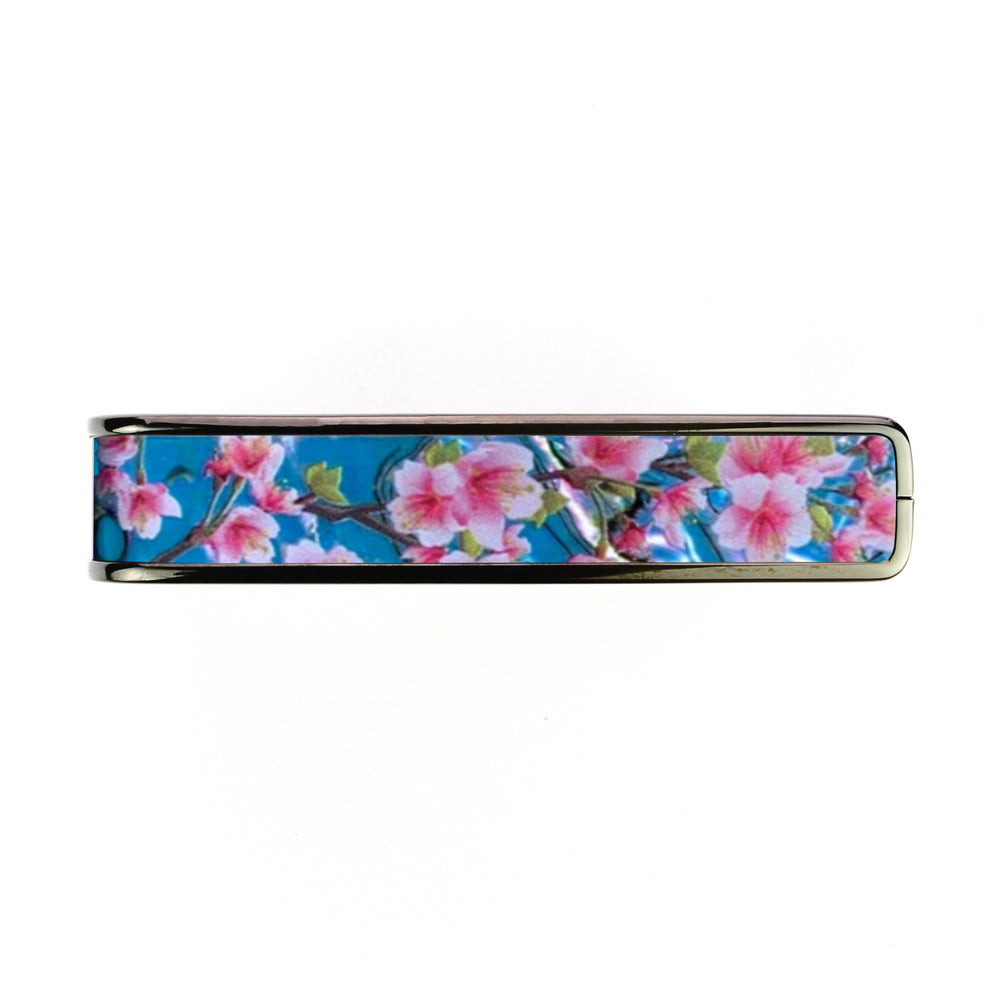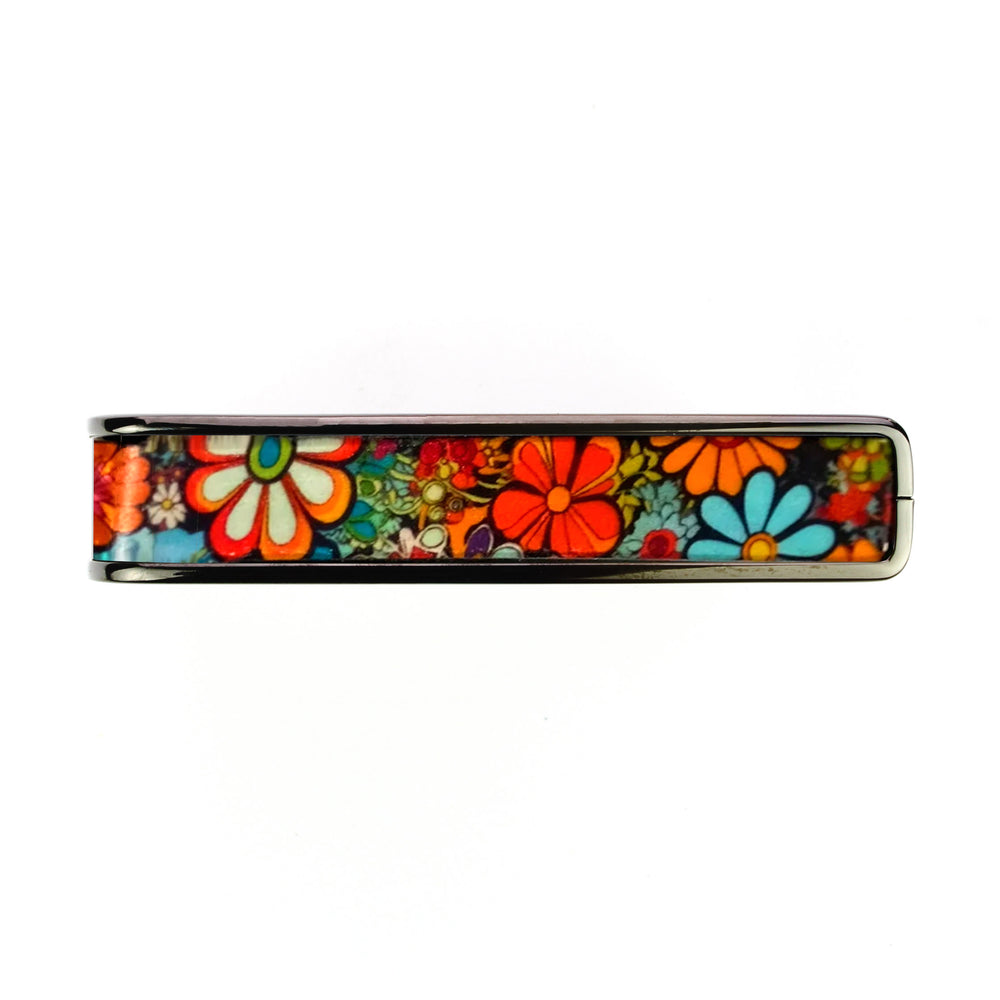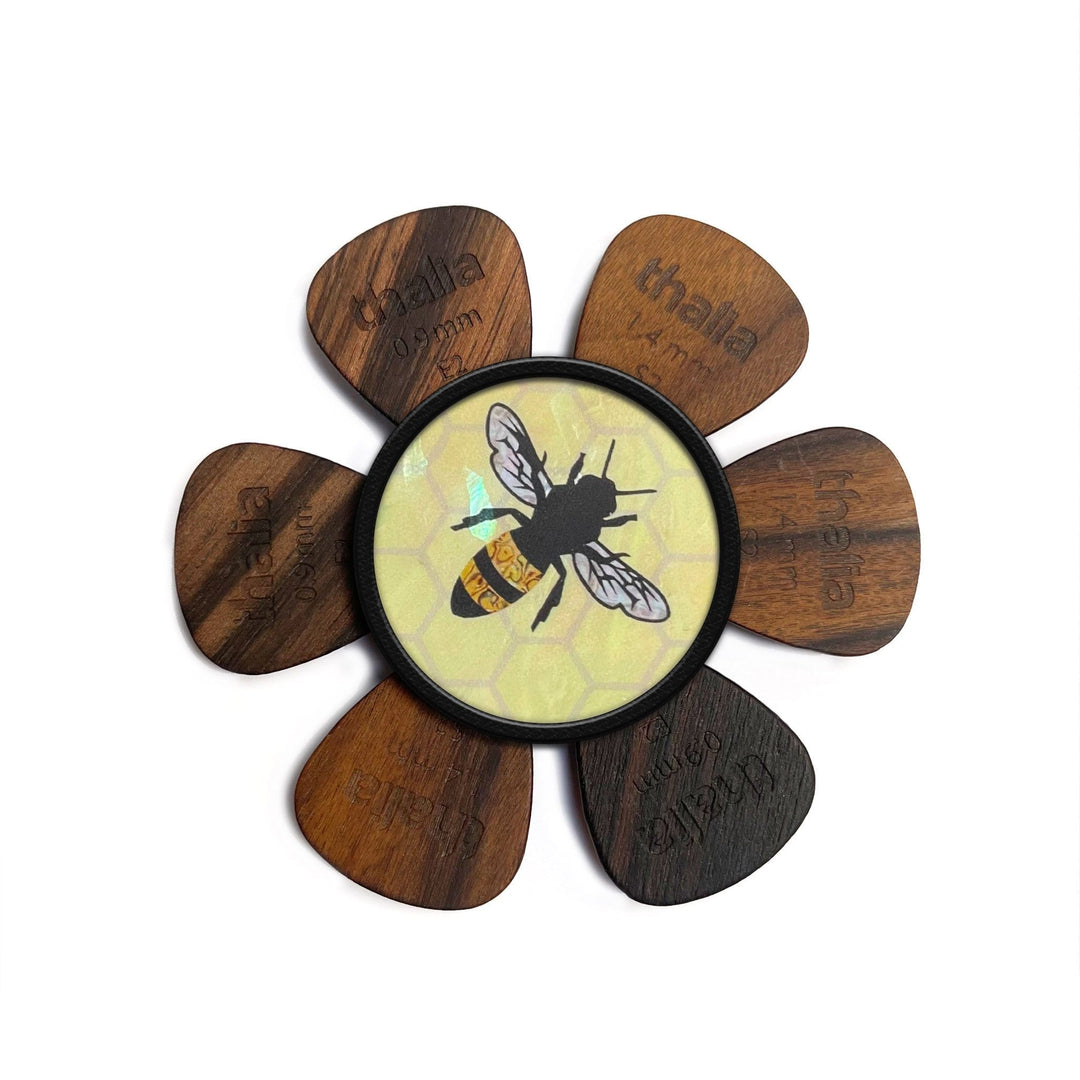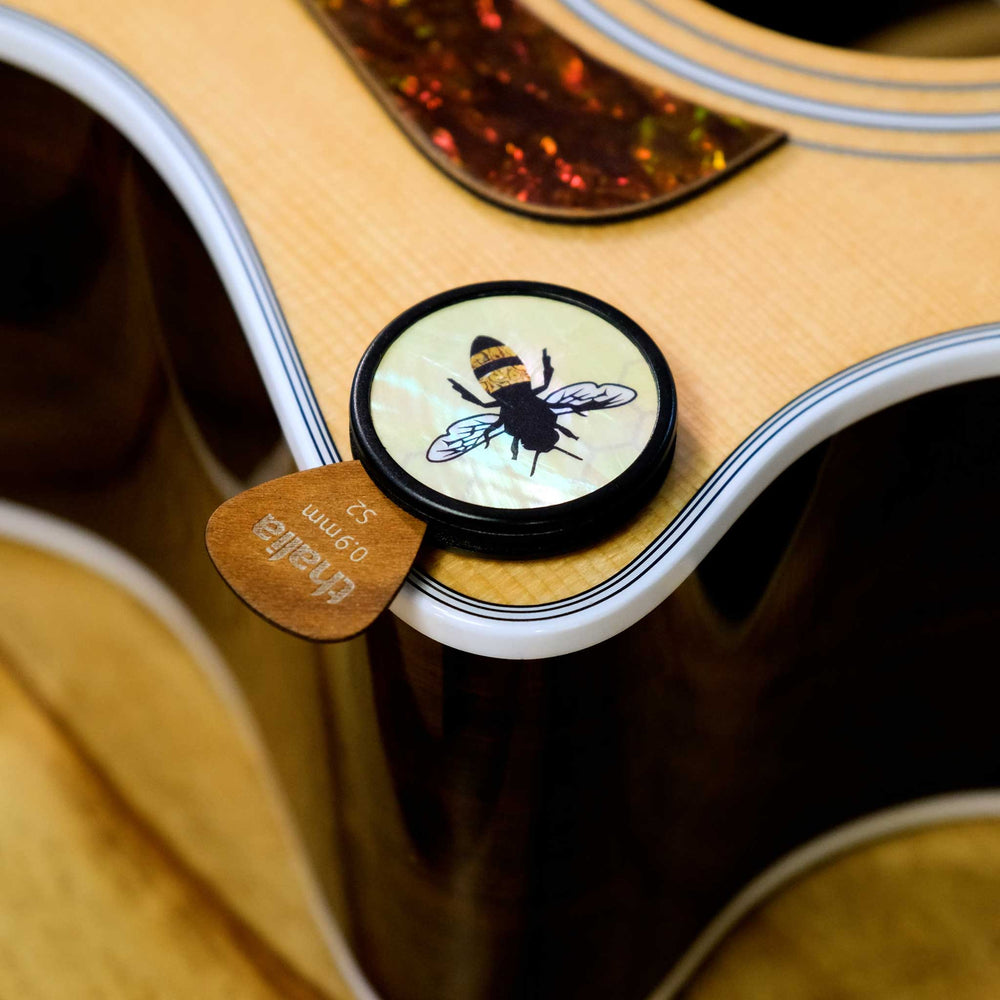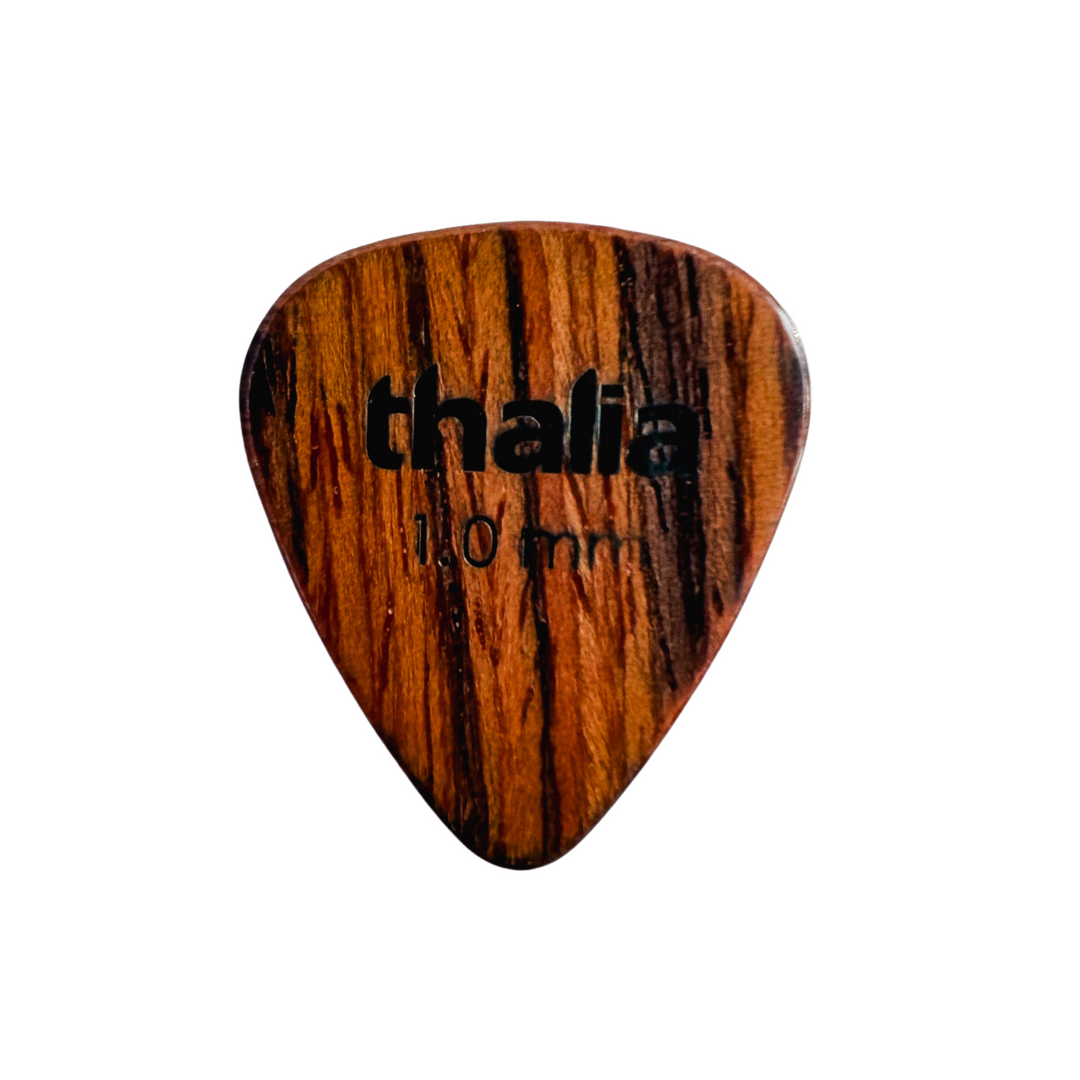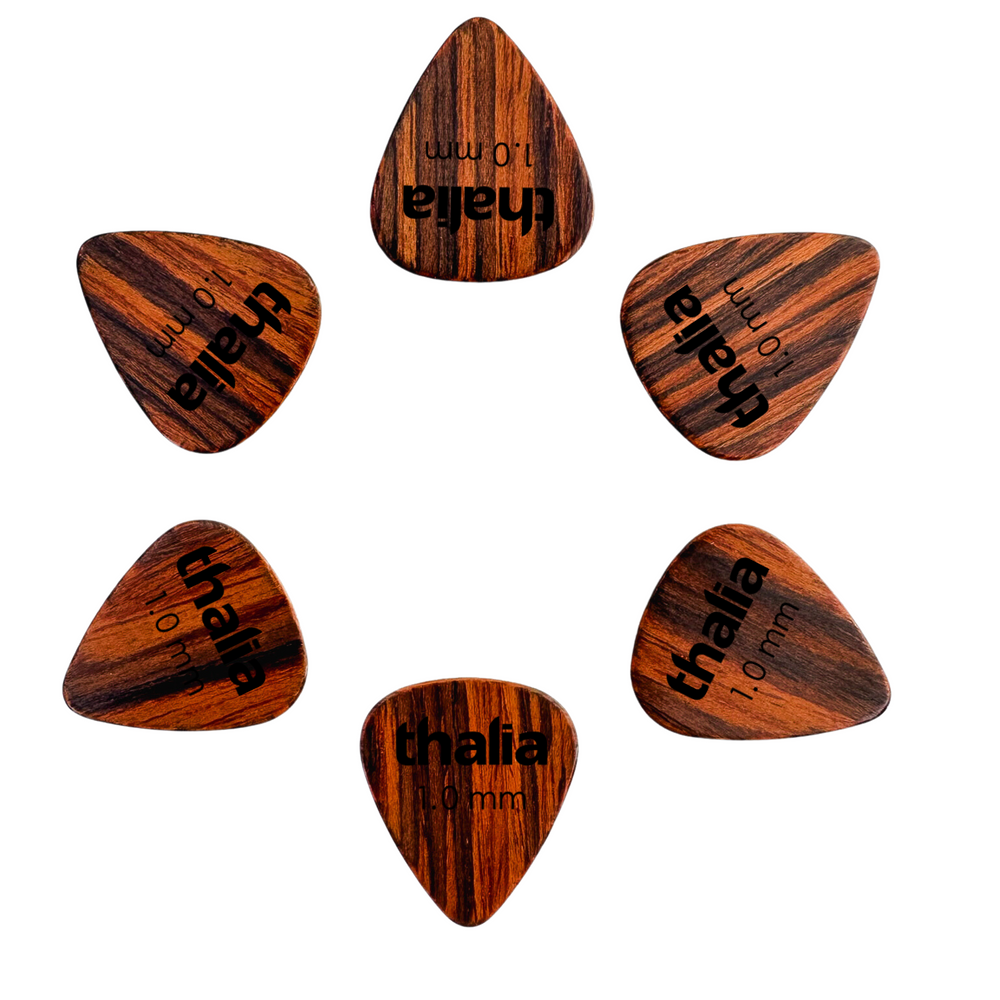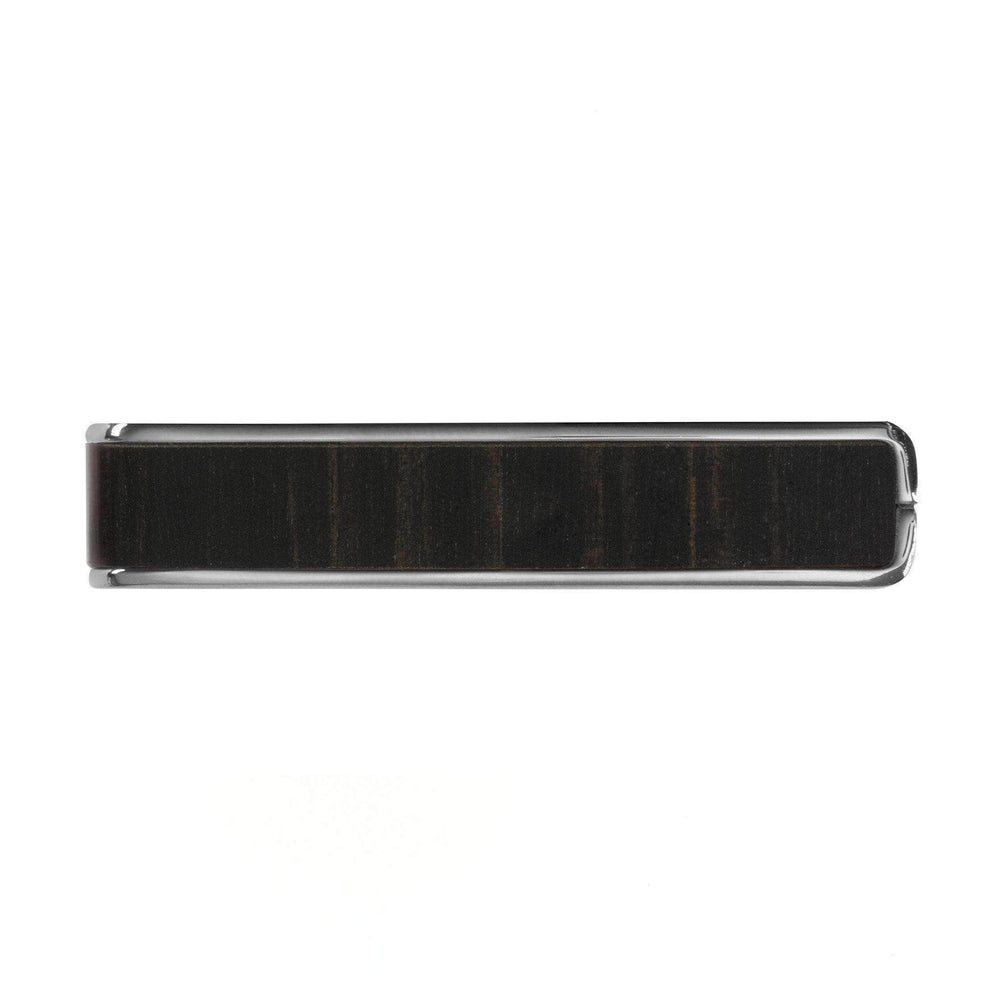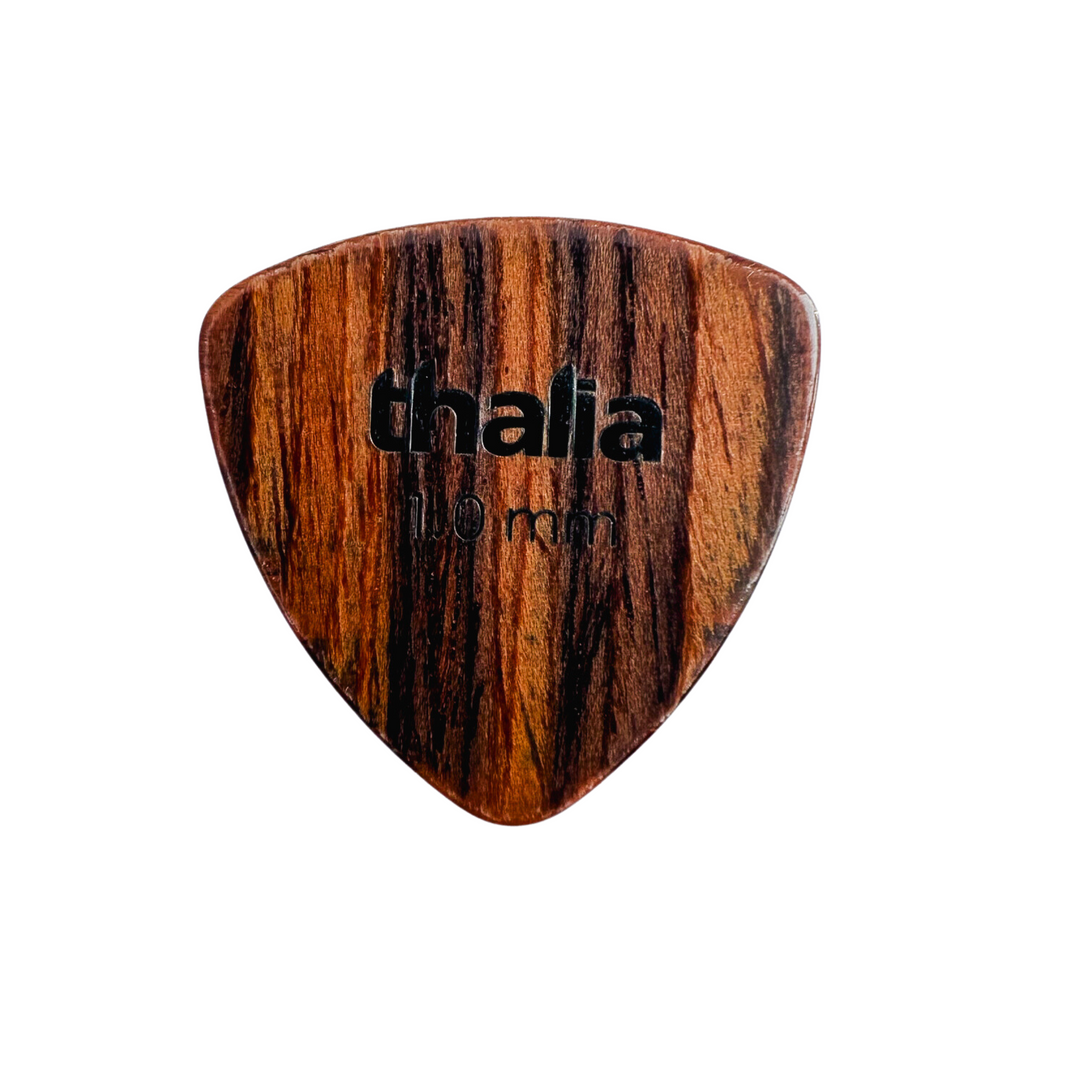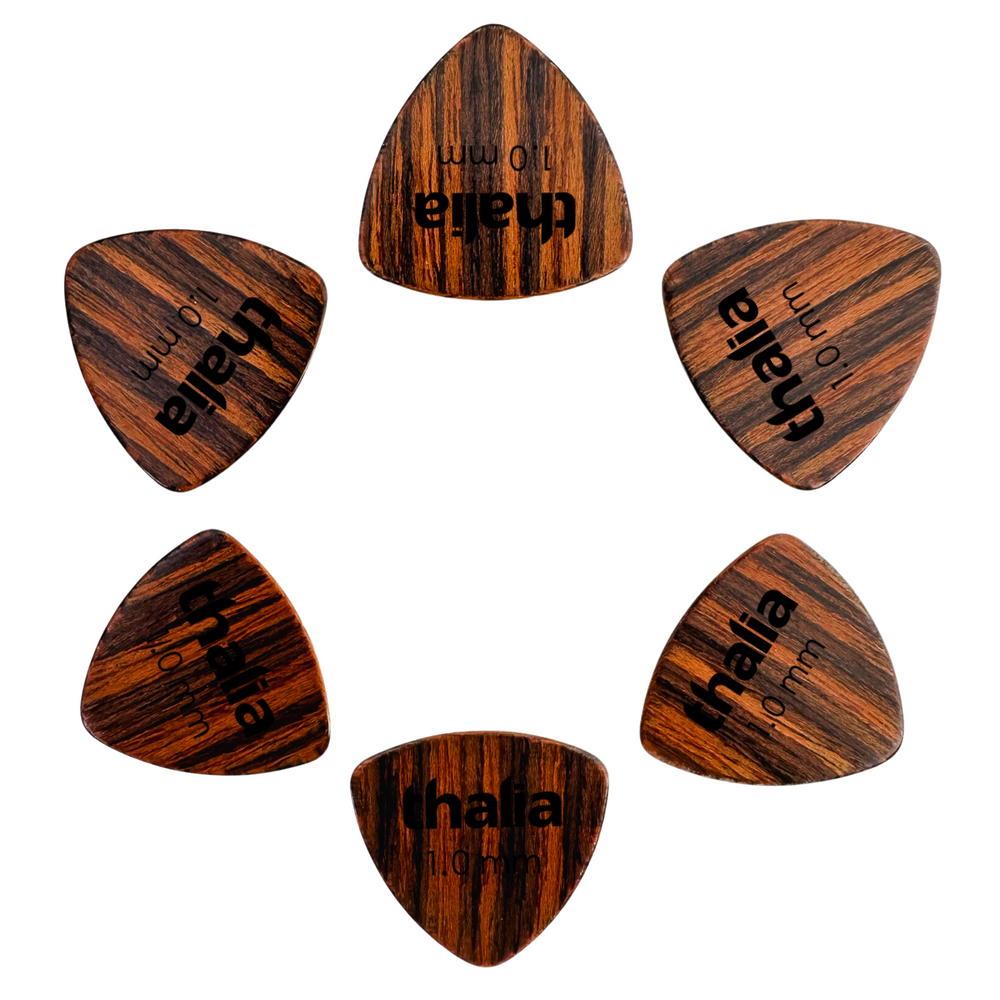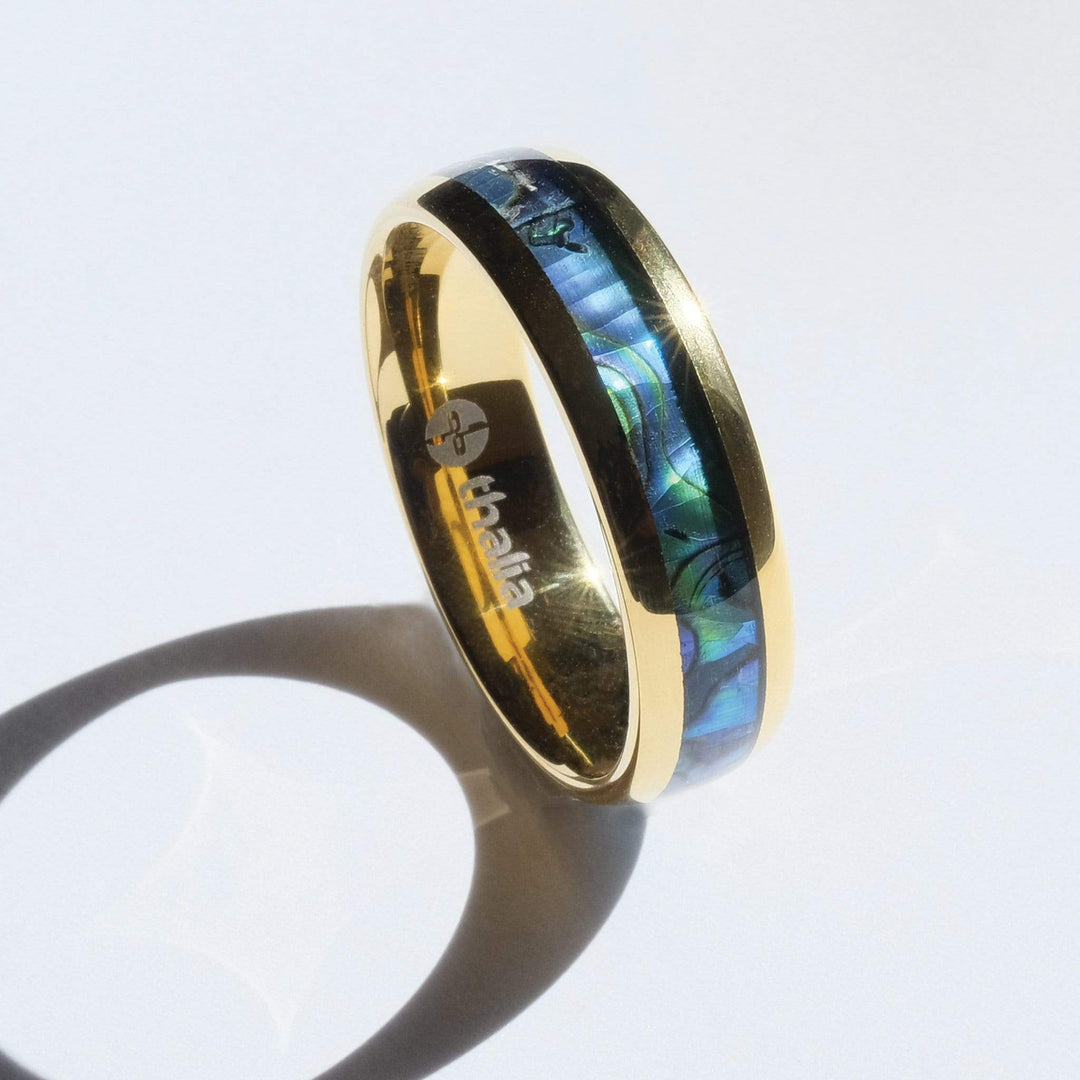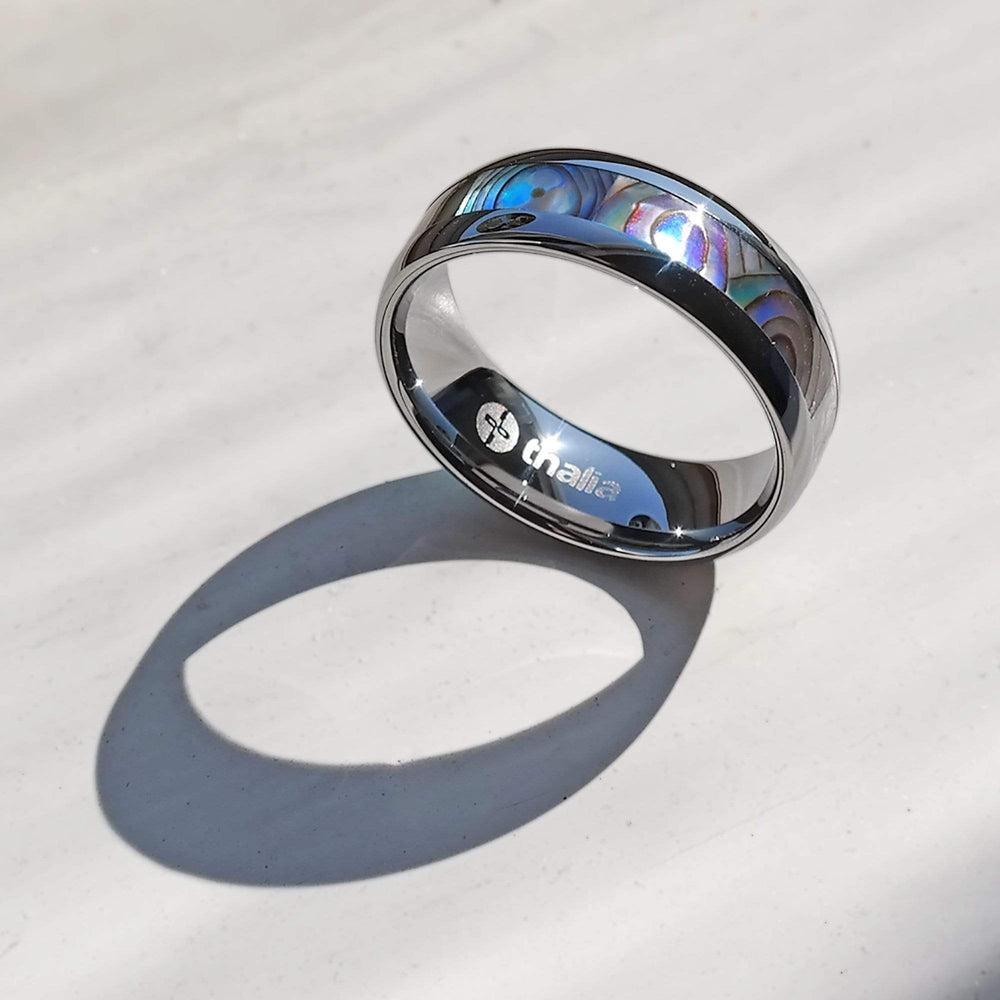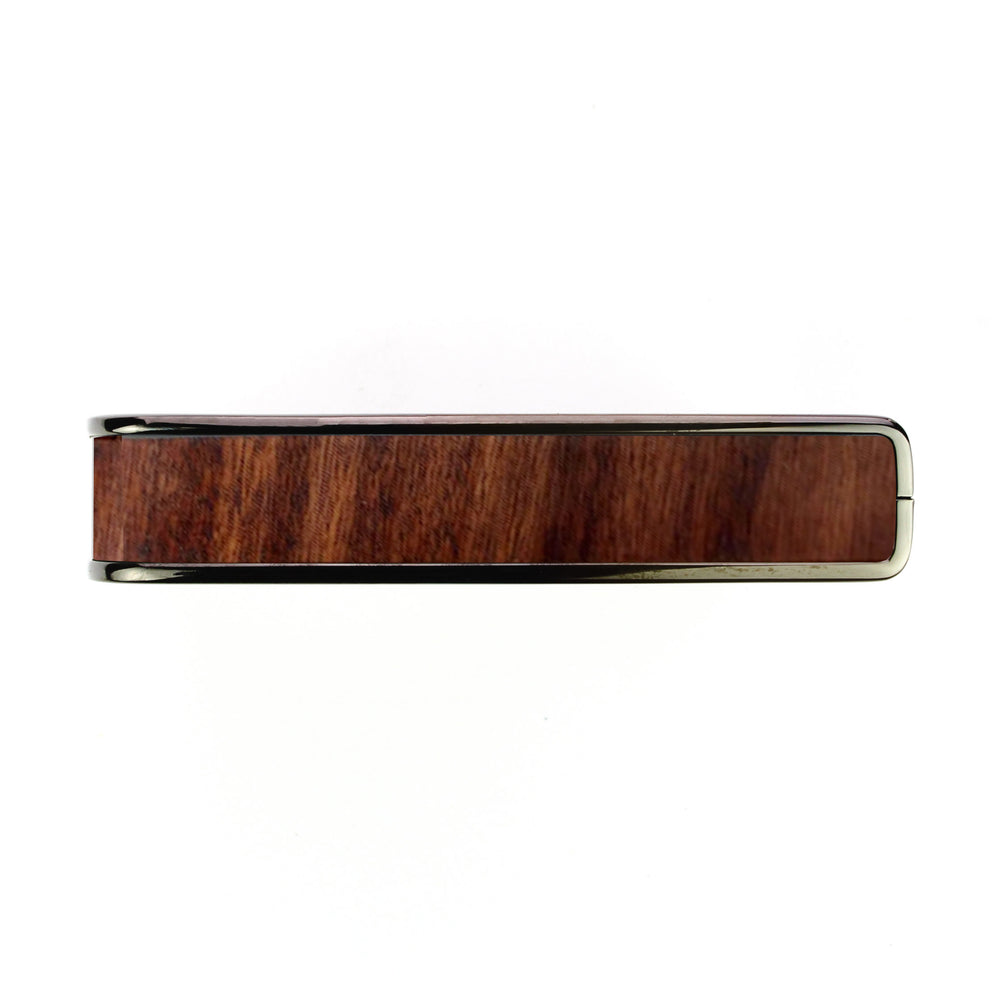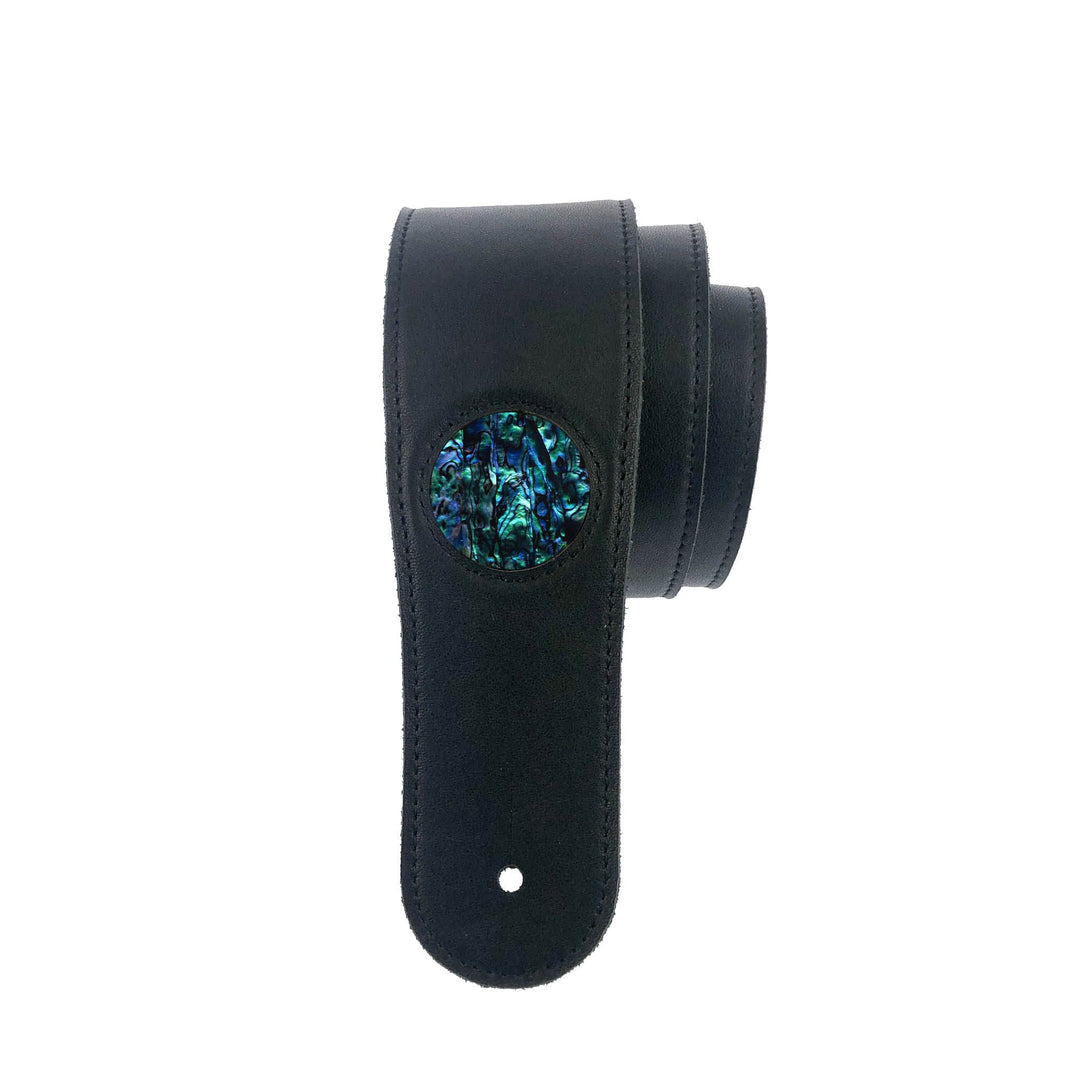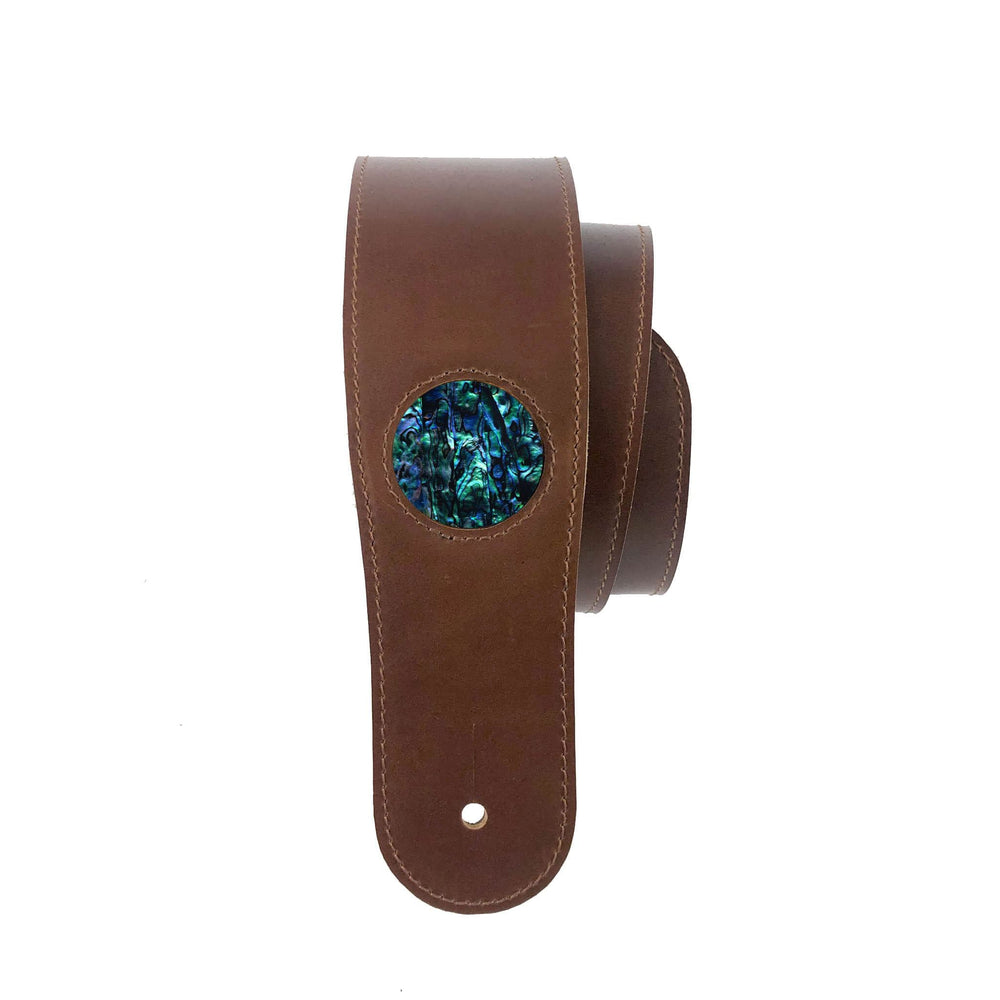Gibson Oddities: The SG100

When you think about iconic Gibson electric guitars, the SG is right up there. It’s a design classic and, thanks to the likes of Angus Young, Tony Iommi and Cream-era Eric Clapton, it’s probably second only to the Les Paul as Gibson’s most recognizable axe.
But, there’s a black sheep to the SG family that not many – save guitar enthusiasts – are aware of. Introduced in 1971, the SG-100, SG-200 and SG-250 were intended to supersede Gibson’s budget friendly Melody Maker instrument as the company’s entry level offering. As you’re probably aware, however, they didn’t. Indeed, within one year, production of SG-100s, 200s and 250s had ceased altogether.
So what happened? Why did these budget model SGs fail, and are these much-maligned guitars due a re-evaluation today? Hold on to your hats, ‘cause we’re about to find out.
Gibson: The Wilderness Years
 To understand why the SG100 came to be in the first place, it helps to have a broader view of where Gibson was at as a company circa 1970.
To understand why the SG100 came to be in the first place, it helps to have a broader view of where Gibson was at as a company circa 1970.
For Gibson, the late 1960s and early 1970s was a period of massive upheaval. Ted McCarty, the visionary who had led the manufacturer through their late ‘50s to early ‘60s golden period, stepped down as company president in 1966. And, without his leadership and vision, Gibson was at a loss. They responded by diving headlong into a period of freeform research and development. In effect, the early 1970s were Gibson’s “experimental” phase, where they threw anything and everything at the wall to see if it stuck.
On paper, of course, a budget model SG made perfect sense. After all, Gibson’s Melody Maker, modeled on the Les Paul, was a tried and tested winner. The company had even experimented with SG-styled Melody Makers in the late 1960s, so there was already a precedent.
“Heavy, Man”
Three types of budget model SG hit store shelves in 1971. The SG-100 came with a single pickup in the neck position and was available in Cherry and Walnut finishes. The SG-200 – also available in Cherry and Walnut – added an additional pickup to the bridge. Identical to the SG-200 in specs, the only thing that distinguished the SG-250 was its premium Cherry Sunburst color scheme.
Aesthetically –at least to a non-guitarist –these three instruments bore the hallmarks of a classic Gibson SG. But in terms of build, it was a very different story. Firstly, there was the choice of material. Unlike its full-fat counterpart which was usually made of mahogany, the SG-100 and its siblings were crafted out of maple. With bodies much chunkier than the standard SG, the SG-100 family were heavy instruments.
Heavy in look, yes, but not so heavy in sound. Rather than the P90s or Humbuckers customarily found in Gibson guitars, the company opted for single coil pickups on these models. And, those pickups, combined with the guitars’ slider-knob control switches, non-angled headstock and thin neck profile, leave the SG-100, 200 and 250s feeling more like Telecaster/SG hybrids than light-model SGs.
Identity Confused
Ultimately, that confused sense of identity was the SG-100 family’s downfall. People didn’t buy a Gibson SG-branded guitar because they wanted a Fender Telecaster… they bought one because they wanted an SG! While the 100s, 200s and 250s might have looked the part, you’d be hard pressed to get your favorite Sabbath or Cream riffs sounding right on one.
Upon its release in 1971, the SG-100 was seen as a downgrade over the better spec’d Melody Maker. And, as a result, sales were slow. Gibson shipped a mere 5000 S-100s, 200s and 250s in 1971, quietly phasing out production of the instrument by 1972.
Looking back, the SG-100 wasn’t exactly Gibson’s finest hour. But, it’s a fascinating curio nonetheless. And, because of their marginalized status in the Gibson guitar pantheon, you can still pick one up these days without breaking the bank. While it’ll never be your workhorse, Gibson devotees may still get some joy out of this hybrid peculiarity.
Have you ever played an SG-100? Did you own one? And do you think they deserve a re-evaluation? Share your stories in the comments!



